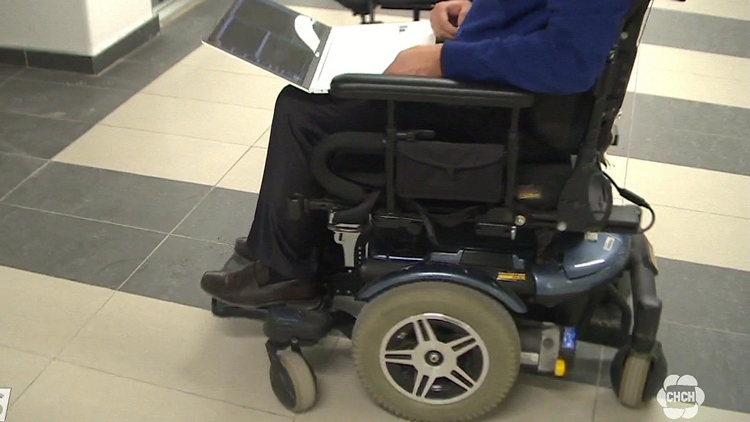
LATEST STORIES:


Data from the Wheelchair Foundation found that in 2017 over 121 million people in developed nations require wheelchairs and 8 million in North America have limited arm and hand mobility. Three people from Mohawk College’s Engineering Department are hoping to lend a helping hand.
Mohawk Engineering professor Esteve Hassan took note when he watched his aunt fight through her neuromuscular issue just to control her wheelchair.
After recruiting three of his students and obtaining a $10,000 grant from the province, phase one of the Flick pad was developed.
The way Flick works is that it emits an electric field and when your hand or finger interrupts that field it sends a corresponding signal to the chair and it moves in that direction, gesture left and it goes left, wave back and it reverses course.
While the Flick helps the wheelchair move, the seat itself is fitted with sensors that detect when there’s no motion at all for instance if the user is unconscious.
This is the latest tech designed to help a population that’s only getting older. According to the United Nations, the number of people 60+ is expected to double by 2050.
While this prototype is still from mass production, Hassan’s aunt is already a happy customer.
Phase 2 of the project includes improved functioning and having the chair itself call First Responders for help if the user doesn’t have a phone on them at the time of an emergency. Local hospitals and rehabilitation clinics in Hamilton and Toronto have expressed interest in the wheelchairs.